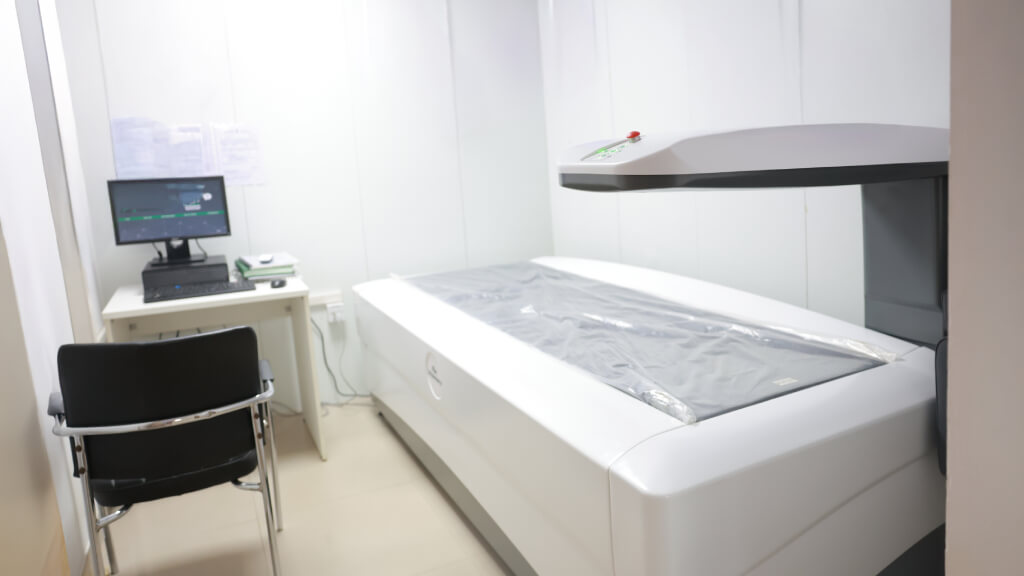Bones are not lifeless scaffolding—they’re living tissue, constantly being broken down and rebuilt. As we age, the balance shifts: more bone is lost than formed. Left unchecked, this can lead to osteoporosis, a condition where bones become brittle and fragile,...



